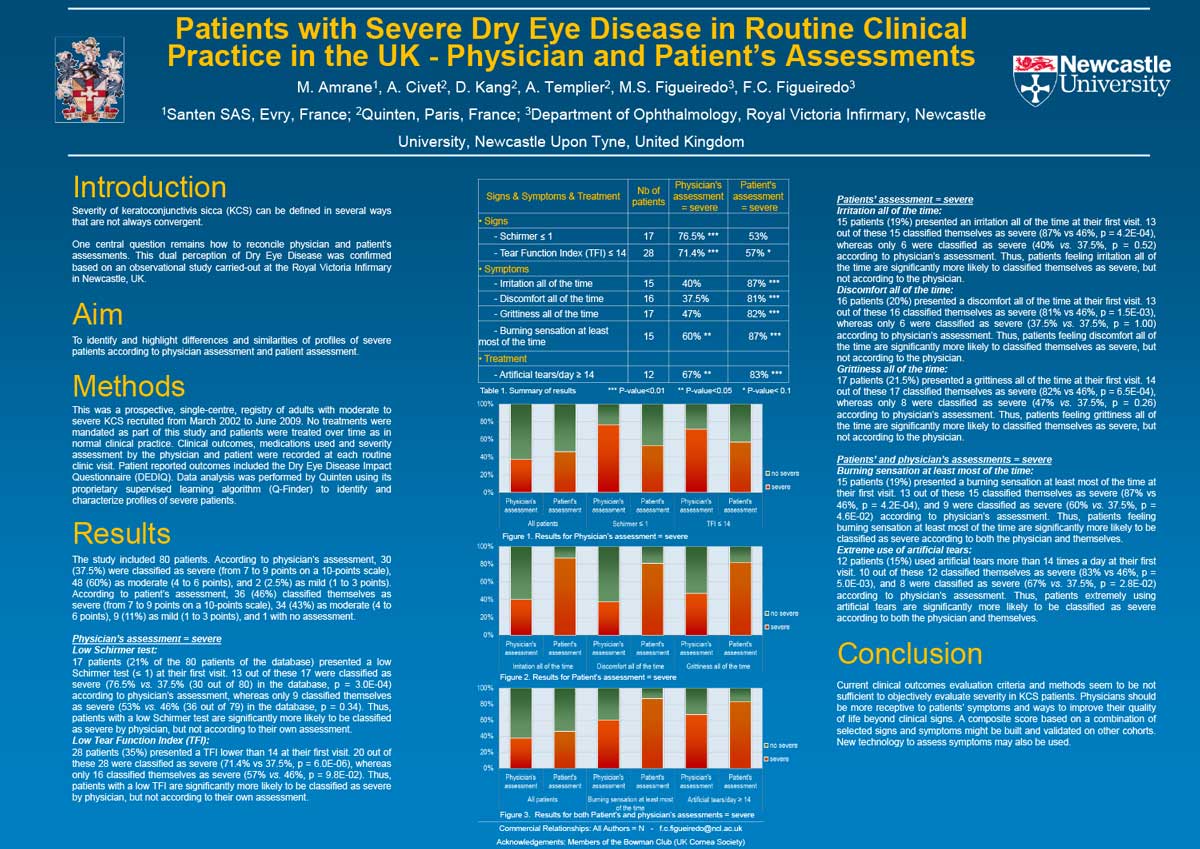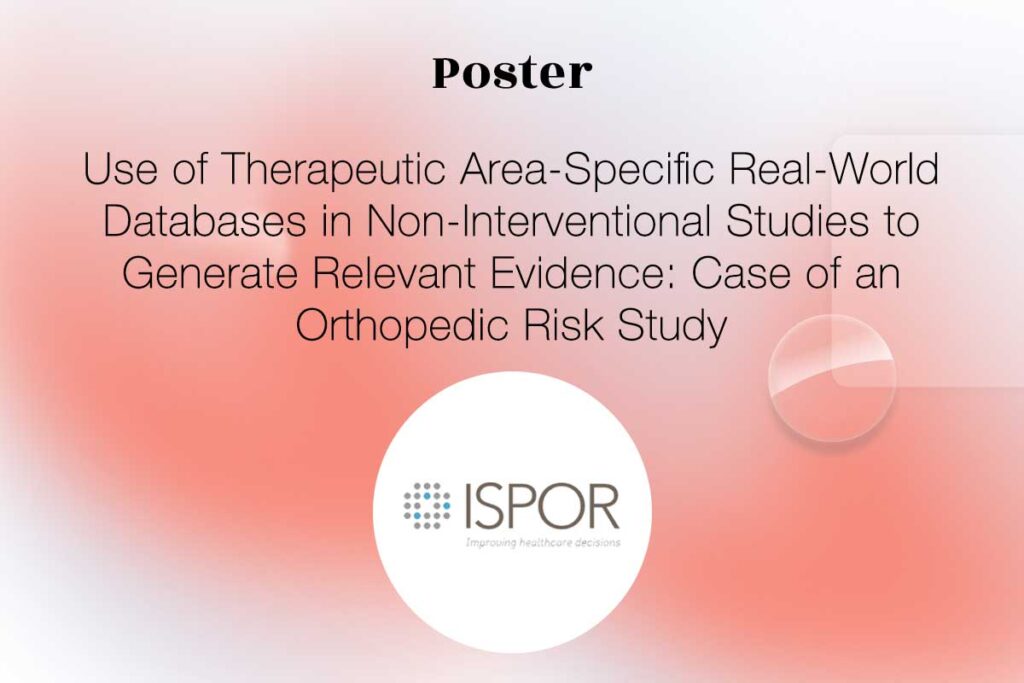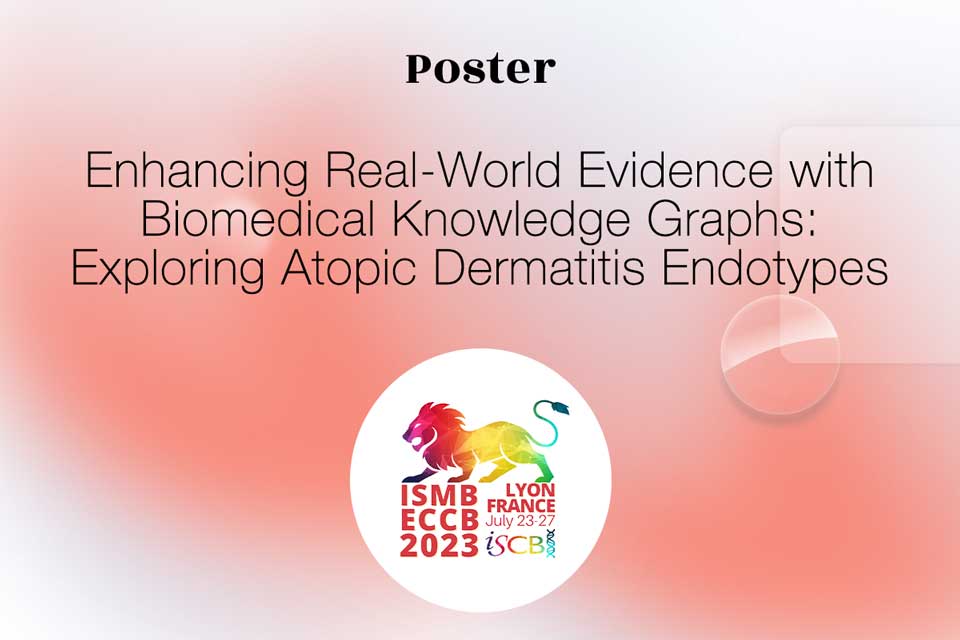Authors: M. Amrane, A. Civet, D. Kang, A. Templier, M.S. Figueiredo, F.C. Figueiredo
Date: May 2015
DOI: https://iovs.arvojournals.org/article.aspx?articleid=2334388
CONFERENCE/VALUE IN HEALTH INFO:
2015-05, ARVO, Denver, USA
Abstract
Objectives
Severity of kerato conjunctivissicca (KCS) can be defined in several ways that are not always convergent. One central question remains, how to reconcile physician and patient’s assessments. This dual perception of Dry Eye Disease was confirmed based on an observational study carried-out at the Royal Victoria Infirmary in Newcastle, UK
Methods
This was a prospective, single-centre, registry of adults with moderate to severe KCS recruited from March 2002 to June 2009. No treatments were mandated as part of this study and patients were treated over time as in normal clinical practice. Clinical outcomes, medications used and severity assessment by the physician and patient were recorded at each routine clinic visit. Patient reported outcomes included the Dry Eye Disease Impact Questionnaire (DEDIQ). Data analysis was performed by Quinten using its proprietary supervised learning algorithm (Q-Finder) to identify and characterize profiles of severe patients.
Results
The study included 80 patients. According to physician’s assessment, 30 (37.5%) were classified as severe (from 7 to 9 points on a 10-points scale), 48 (60%) as moderate (4 to 6 points), and 2 (2.5%) as mild (1 to 3 points). According to patient’s assessment, 36 (46%) classified themselves as severe (from 7 to 9 points on a 10-points scale), 34 (43%) as moderate (4 to 6 points), 9 (11%) as mild (1 to 3 points), and 1 with no assessment.
Conclusions
Current clinical outcomes evaluation criteria and methods seem to be not sufficient to objectively evaluate severity in KCS patients. Physicians should be more receptive to patients’ symptoms and ways to improve their quality of life beyond clinical signs. A composite score based on a combination of selected signs and symptoms might be built and validated on other cohorts. New technology to assess symptoms may also be used.









